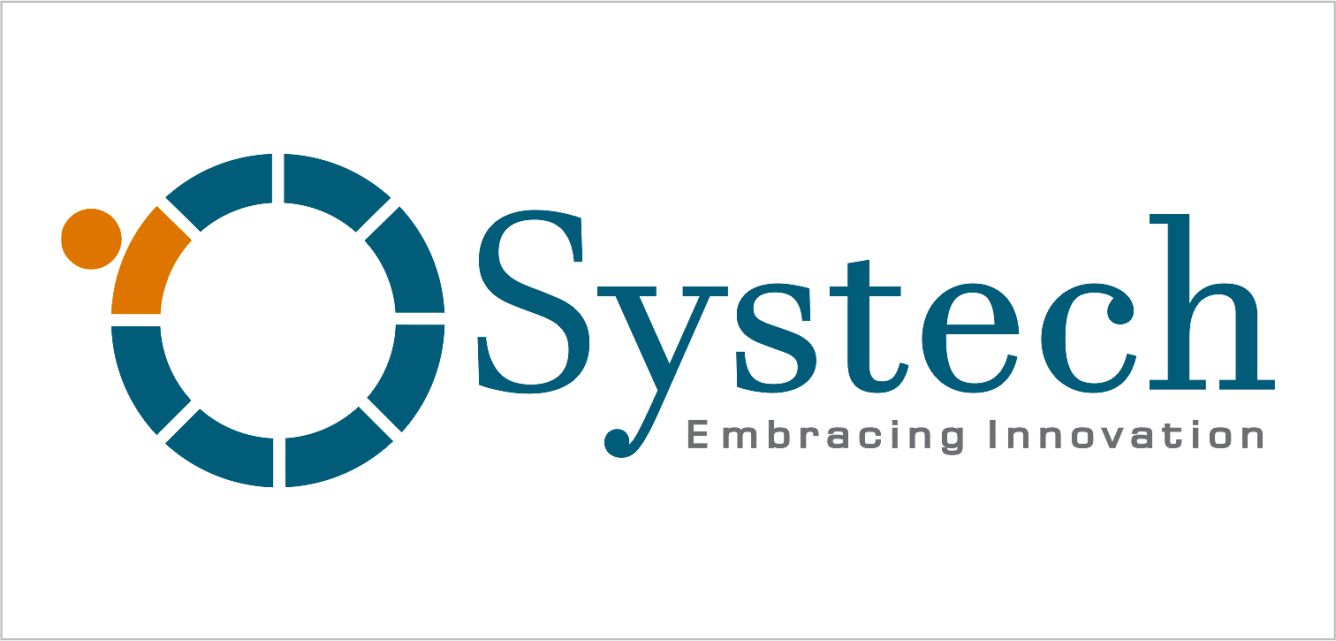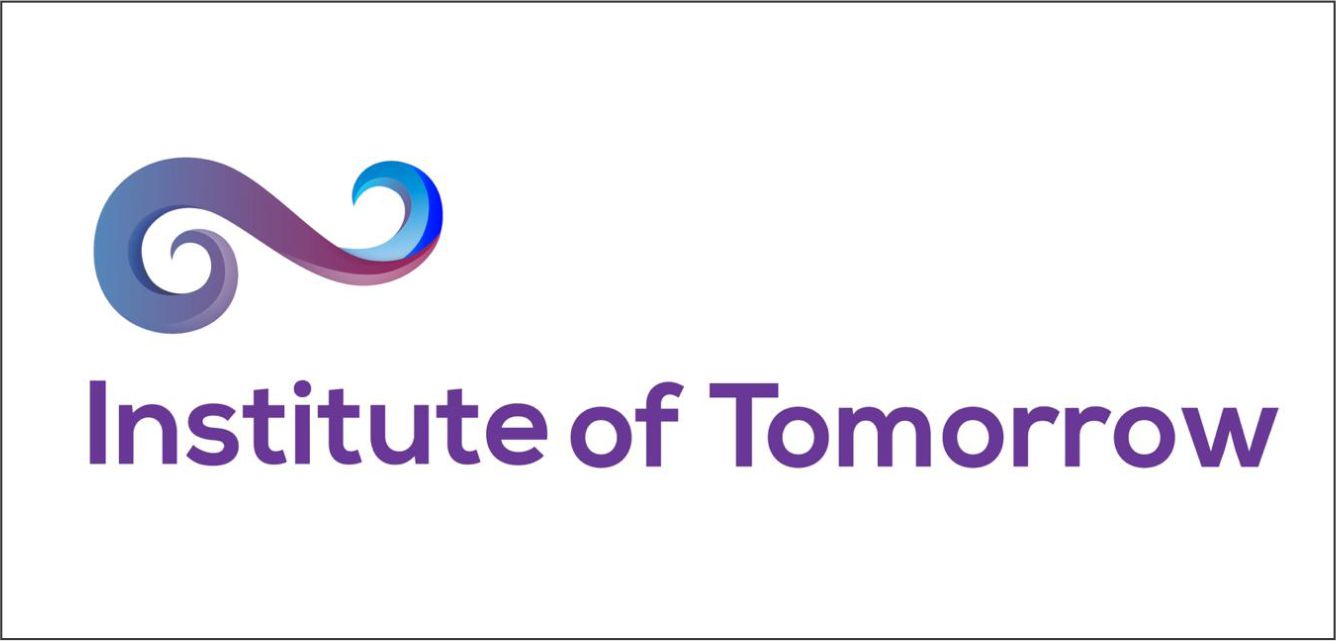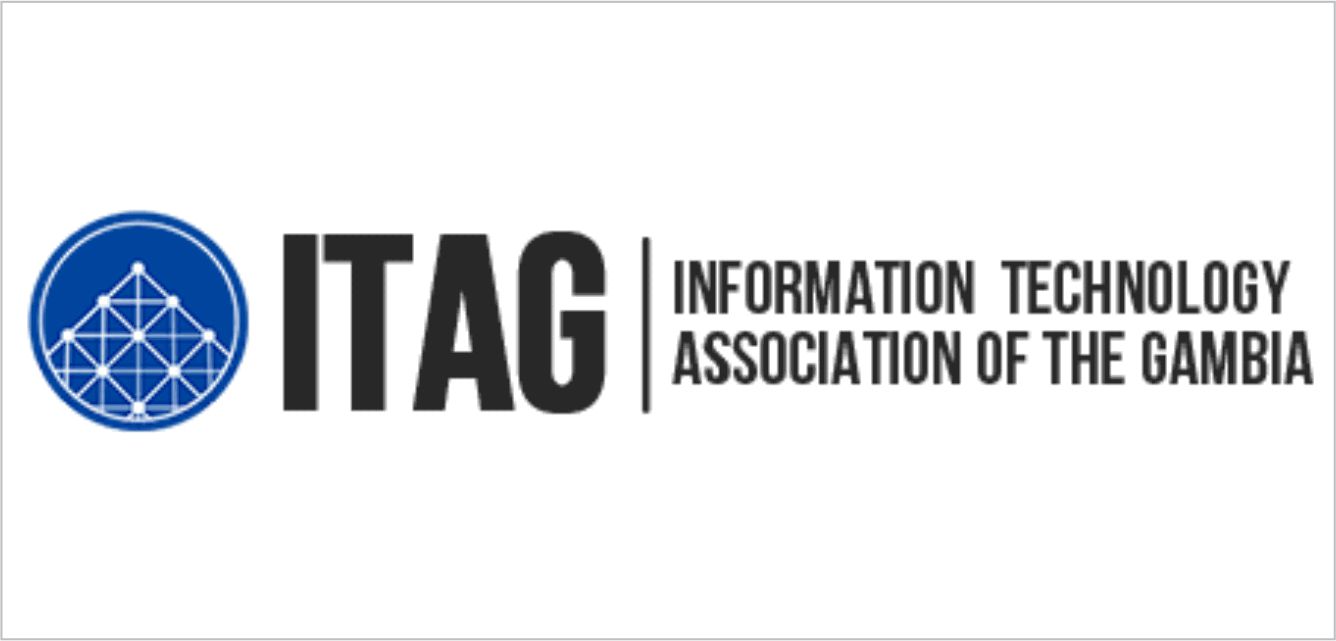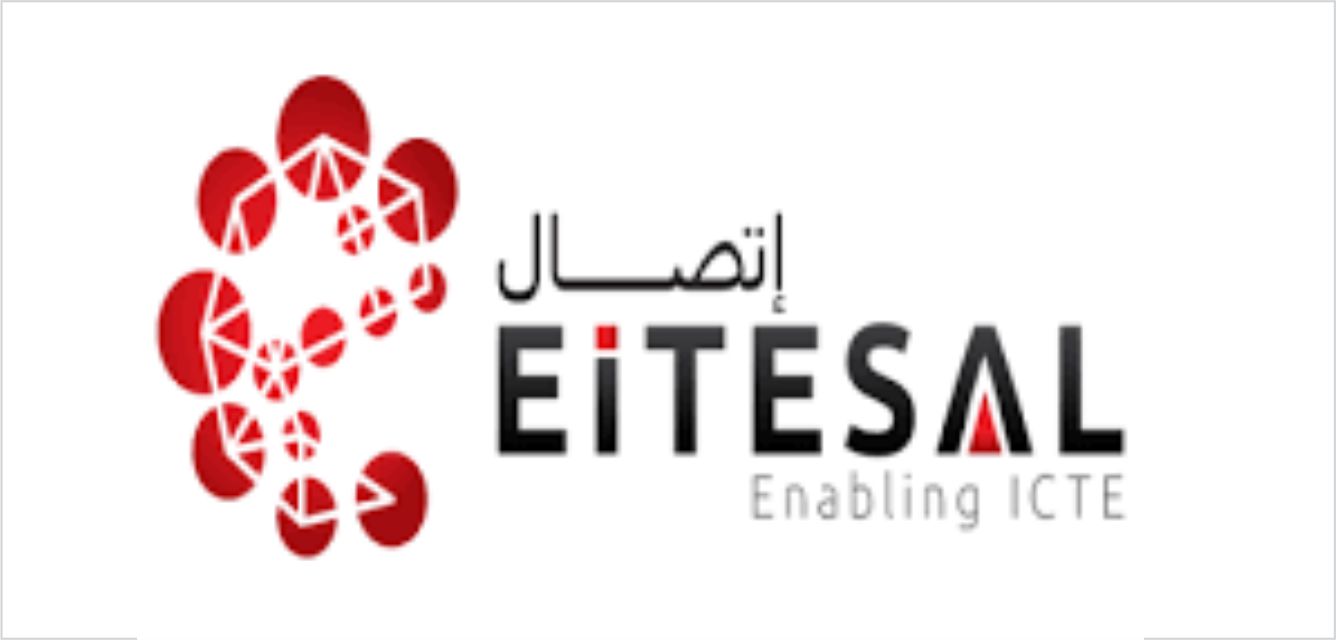 A team of young Ugandan innovators has developed a tool that can diagnose malaria using a smartphone – a discovery that may eliminate the tedious and costly traditional blood samples and a laboratory procedures and ultimately help in combating the dreaded disease that claims millions of lives annually.
A team of young Ugandan innovators has developed a tool that can diagnose malaria using a smartphone – a discovery that may eliminate the tedious and costly traditional blood samples and a laboratory procedures and ultimately help in combating the dreaded disease that claims millions of lives annually.The idea for the innovation, dubbed Matibabu, was sparked when Brian Gitta, a computer science student from Makerere University, became averse to needles during his treatment for Typhoid and malaria. “I hated the needles and kept thinking of ways people could be diagnosed without pain,” Gitta recalls.
The standard method of determining whether someone has malaria is drawing a blood sample and viewing it under a microscope, which requires health workers and facilities that are scarce in manylow-income communities. For Brian, the goal wasn’t just to alleviate
momentary pain to the patient; eliminating needles and the need for a lab would also help to limit the risk of infection of health workers and allow for diagnosis in communities that had no medical centers.
Malaria is rampant in Uganda especially among children with statistics from World Health Organization (WHO) indicating that currently the disease kills one child every minute in the developing world. According to experts, most deaths from Malaria are caused as a result of the wrong medications and a lack of proper diagnostic tools. With this in mind, after enrolling for the computer science course at Makerere University, Gitta together with a friend Businge Joshua embarked on a journey to find an alternative diagnostic procedure for Malaria.
They learned that for years, light sensors have been used to read the blood’s oxygen content through the skin. This seemed like a promising avenue to explore, so the pair recruited Josiah Kavuma and Simon Lubambo, students skilled in engineering hardware, to assist.
Together, the team designed a prototype that plugs into a smartphone and can detect malaria using only light. Results are available in seconds and the smartphone can email them and map them for epidemiological purposes. They named the device Matibabu, Swahili for medical centre.
Unlike the normal procedure, which involves pricking of the body and takes about 15 minutes, Matibabu is instant and very effective. “There is no margin for errors while using this technique. In fact the blood sample method has a room for errors as some of the blood sample that are obtained may not show infection in the early stages of the disease,”
noted Gitta. “Matibabu diagnoses Malaria in 60 seconds and is more efficient since it can run in remote areas with no electricity connection,” he added.
The prototype of the tool is connected to a smartphone and transmits the results on the screen. The aim is to check the shape of the red blood cells of a patient. By touching on the screen of the prototype, the patient’s red blood cells are detected and their shape transmitted on the Smartphone screen. Red blood cell is bi-concave and when it’s infected by Malaria Plasmodium, its light scattering property is affected. The affected cells deforms when subjected to any light intensity losing their bi-concave shape. Any cell that loses its shape and bio-chemical properties therefore indicates positive test of the illness in a particular patient.
After successful trials around Kampala, the team hopes to produce commercially viable product in order to commercialize the discovery. We are planning to partner with an established organization working against malaria to fully meet our potential.



































